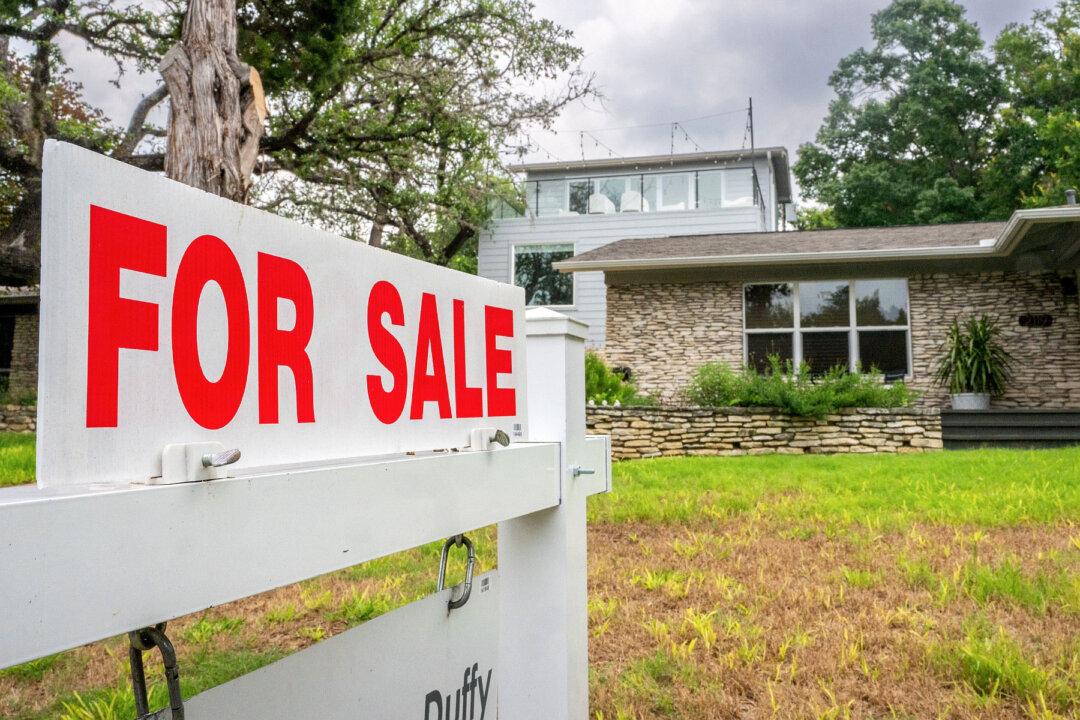“Home prices were up 4.6 percent on a year-over-year basis, down from 5.1 percent growth in February. That’s the 11th consecutive month that annual growth has slowed and the first time it dipped below 5 percent since August 2023,” it said.
According to Redfin, home price growth is slowing down since the rising number of homes for sale being listed in the market is outstripping home-buying demand.
Except for in certain areas of the United States, especially in the Midwest, where demand remains steady, buyers across the country are generally backing away from the market, the brokerage said.
“Homes are taking longer to sell and prices are falling in some areas because fear of a broader economic slowdown is pushing many would-be buyers to the sidelines,” said Redfin senior economist Sheharyar Bokhari.
“New tariffs are adding to the economic uncertainty, and prices may slow even further in coming months. With housing costs at near-record highs, that’s a silver lining for a buyer who has to move right now, as there will be more room for negotiation.”
Out of the 50 most populous U.S. metropolitan areas analyzed by the brokerage, home prices declined on a monthly basis in 20 of them.
The largest decline was in Columbus, Ohio, at 0.7 percent, followed by Denver and San Jose, California.
San Francisco registered the biggest monthly gain at 2.7 percent, with Nassau County in New York and Milwaukee rounding up the top three.
Weakening Construction
There are signs of housing construction weakening. In March, housing starts dropped by 11.4 percent from a month back, with single-family housing starts declining by 14.2 percent, according to April 17 data from the U.S. Census Bureau.“Elevated mortgage rates and rising construction costs are making it increasingly difficult to deliver homes at price points accessible to entry-level buyers. We’re seeing demand soften as more potential homeowners are priced out of the market,” he said.
Danushka Nanayakkara-Skillington, NAHB’s assistant vice president for forecasting and analysis, said the March decline in housing production indicates the ongoing struggle to balance the need for affordable housing with construction costs.
“High material prices and labor shortages continue to challenge our ability to build homes that meet the budget constraints of many families,” Nanayakkara-Skillington said. “Without targeted policy support, addressing the affordability crisis remains an uphill battle.”
Zillow is expecting home values to dip by 1.9 percent this year, revised down from the previous expectation of a 0.6 percent increase. The company said elevated mortgage rates and rising listings are indicating potential price dips by the end of the year.
Existing home sales are forecast to rise by 3.3 percent from last year, to 4.2 million units in 2025.
“As spring arrives and the home shopping season heats up, Zillow anticipates a temporary surge in sales, followed by a normal seasonal slowdown. If home prices soften and mortgage rates decline, existing home sales could benefit from improved affordability by the end of the year,” Zillow said.
Even though mortgage rates are currently in an “unpredictable period,” the company expects rates to be close to 6.5 percent by the end of the year, “barring unforeseen shocks.”
“At this time last year, rates reached 7.1 percent while purchase application demand was 13 percent lower than it is today, a clear sign that this year’s spring homebuying season is off to a stronger start,” he said.







